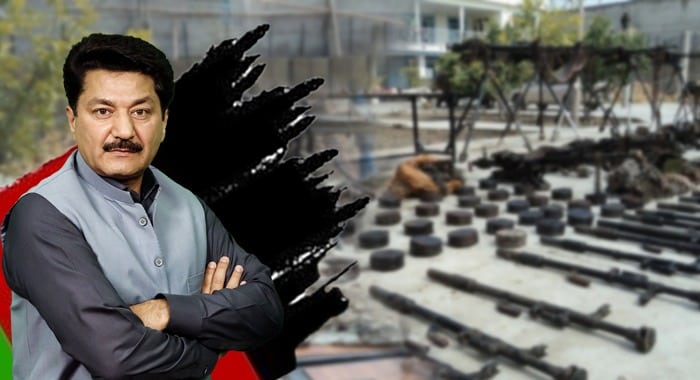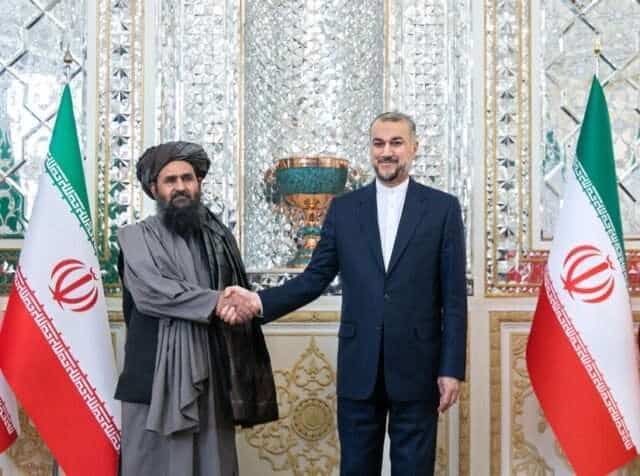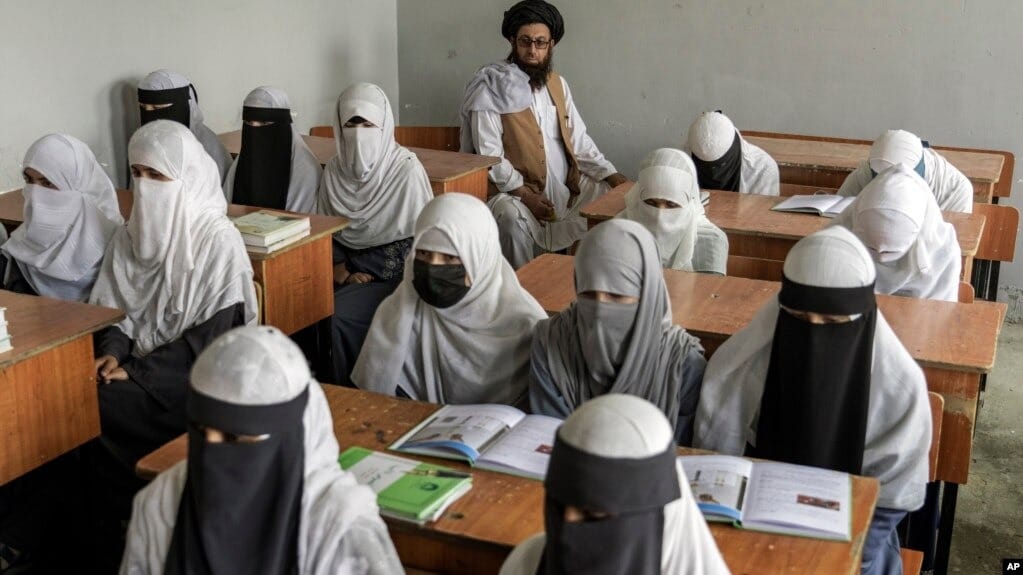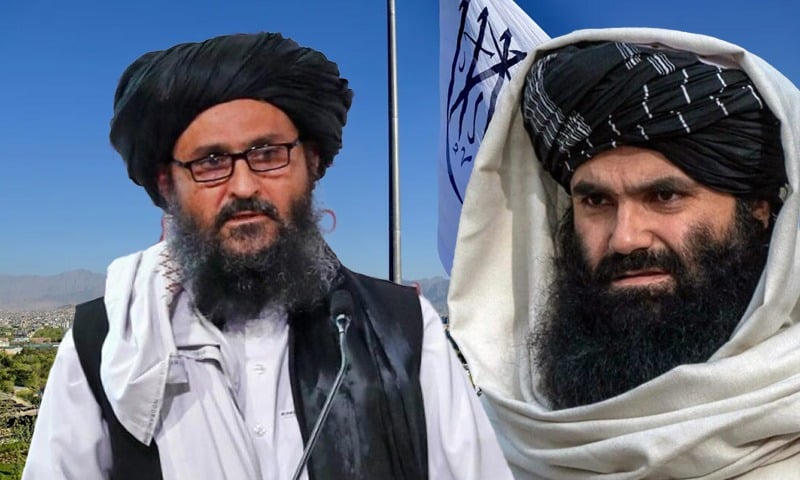Fida Adeel
By withdrawing abruptly from Afghanistan in 2021, the United States not only left behind a political vacuum but also a massive arsenal of modern weaponry—much of it now in the hands of the Afghan Taliban and, alarmingly, in use by militant groups operating inside Pakistan. The Bagram Airbase was deserted, and billions of dollars’ worth of weapons, including tanks, jets, helicopters, and advanced technologies like night vision goggles, were abandoned. These assets, originally meant to assist the Afghan National Army in fighting insurgents, are now being used to target security forces in Pakistan.
When the Biden administration oversaw the American pullout, it was met with strong criticism from former President Donald Trump’s camp, which argued that the withdrawal should not have been executed in such a hasty and unplanned manner. The Taliban’s subsequent takeover was swift and total—unlike their first stint in power, this time they seized control of all of Afghanistan. Taliban spokesperson Zabihullah Mujahid openly declared that they now possess the U.S.-supplied weapons and will not relinquish them under any circumstance.
These weapons, once deployed against the Taliban, are now enabling militant groups like the Tehrik-i-Taliban Pakistan (TTP) to carry out attacks within Pakistan. The night vision technology used in the attack on DSP Sardar Hussain, for instance, left security officials stunned—how could militants, traditionally armed with AK-47s, suddenly possess cutting-edge military equipment?
It is no mystery. UN reports suggest that between 5,500 and 6,000 Pakistani militants are currently based in Afghanistan. These militants, many of whom have pledged allegiance to Afghan Taliban leader Sheikh Hibatullah Akhundzada, share both ideological and logistical ties with their Afghan counterparts. The weapons are now circulating in black markets and are being trafficked across the porous 2,650 km-long Pakistan-Afghanistan border, including the 1,200 km stretch in Khyber Pakhtunkhwa. Despite border fencing and surveillance, militants exploit remote terrain to infiltrate.
Pakistan has repeatedly called on the Afghan Taliban to stop harboring militants who launch cross-border attacks. Pakistan has also shared evidence with Kabul and emphasized that it does not seek their capture or execution—only that Afghanistan prevent them from using its territory to attack Pakistan. These efforts have included diplomatic dialogue as well as aerial strikes within Afghanistan. Yet the problem persists.
The Pakistani police, often equipped with outdated weapons, are expected to counter militants armed with anti-tank missiles, night vision equipment, and satellite communication systems. Incidents such as the hijacking of the Jaffar Express and the Bannu cantonment attack involved U.S.-made weapons. Intelligence reports confirmed that the attackers were coordinating in real time with handlers across the border via satellite phones.
If this trend continues, Pakistan’s internal security architecture—already stretched—will be unable to cope. Former Khyber Pakhtunkhwa Inspector General of Police was the first to sound the alarm when he publicly acknowledged that militants were using U.S.-supplied arms inside Pakistan. His statement raised a haunting question: could this be more than just a matter of abandoned arms? Could it hint at a deeper, more deliberate strategy?
The concern goes beyond KP. Militancy is interlinked across regions and borders. While Balochistan’s insurgency follows a different trajectory, the availability of modern weapons through shared militant networks unifies their operational capacity. Intelligence reports have highlighted the existence of armed groups planning cross-border attacks from both Afghanistan and Iran’s Sistan-Balochistan region. These groups may operate under different banners, but they form part of an overarching militant ecosystem.
The weapons trade is now highly organized. Militants know where to obtain specific arms and at what price. This ease of access significantly complicates Pakistan’s counterterrorism efforts. Even regions like Darra Adam Khel—renowned for its small arms craftsmanship—must now come under strict regulation. These workshops, while valuable to Pakistan’s arms industry, should be monitored closely to prevent misuse by non-state actors.
This evolving threat has also changed the mindset of militants within Pakistan. The Taliban’s victory in Afghanistan has emboldened them. Their new strategy appears to mirror the Taliban’s model—targeting tribal districts, areas of Khyber Pakhtunkhwa, and Balochistan, with aspirations of territorial control.
Negotiations between the Pakistani Taliban and the state, facilitated by the Afghan Taliban, resulted in a ceasefire—but it collapsed quickly. What followed was a renewed and intensified wave of terrorism. Once, militants enjoyed financial support from sympathizers and collected donations from mosques. But public sentiment has shifted. Today, communities are rising in opposition. Peace committees, torch rallies, and marches are taking place across Pakistan. Citizens understand that their future—economic, educational, and personal—depends on peace.
This is a turning point. Pakistan cannot afford to return to an era of fear and lawlessness. Federal and provincial governments must act in unison to equip law enforcement with the tools they need. At the same time, Pakistan and the United States should explore diplomatic avenues to prevent further weapon proliferation from Afghanistan. Reclaiming Bagram or expecting direct U.S. intervention is unrealistic—but dialogue, intelligence sharing, and containment strategies are not.
The Pakistani state must also build trust with local arms experts and communities, bringing them into the fold rather than marginalizing them. Regulation and engagement, rather than repression, can stem the flow of illegal arms.
Ultimately, this is no longer just a security challenge. It is a battle for the soul of the region—whether it will be governed by law, peace, and cooperation, or fall into the hands of those who glorify chaos and terror. The time to act is now.





